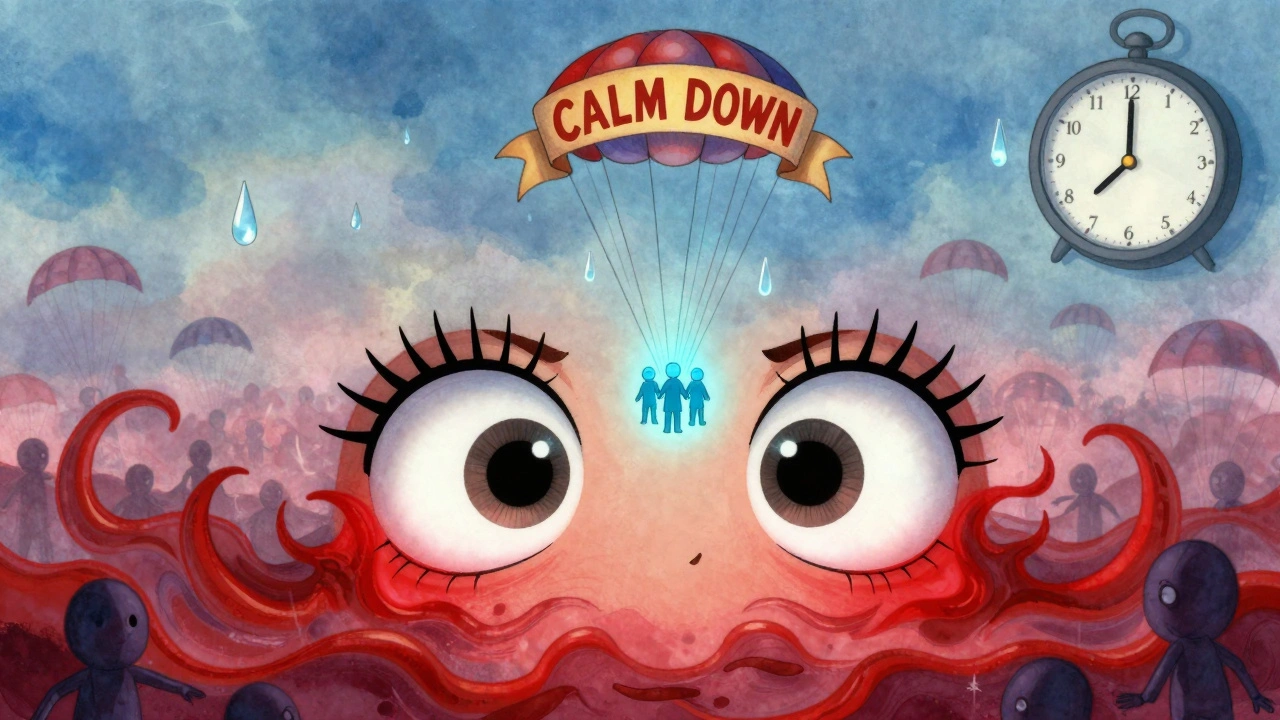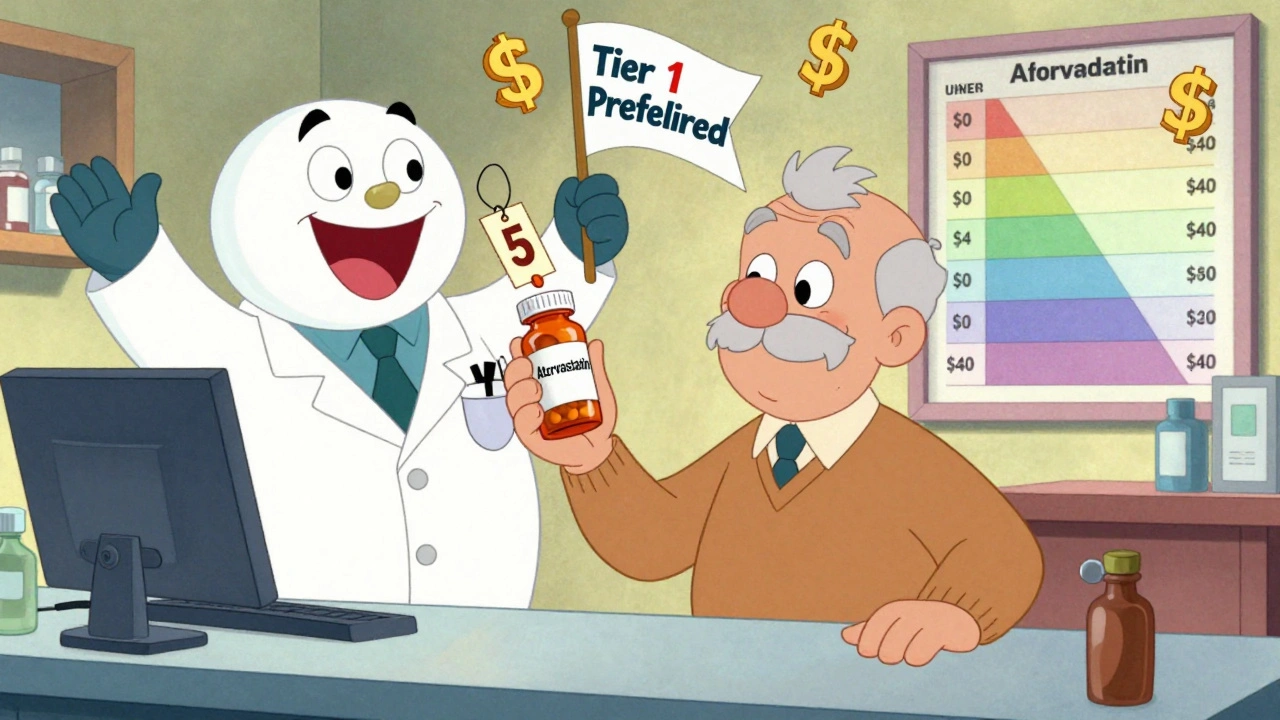Sjögren’s Treatment: Managing Dry Eyes, Dry Mouth, and Autoimmune Flares
When your eyes feel like sandpaper and your mouth won’t produce saliva, you might be dealing with Sjögren’s syndrome, an autoimmune disorder where the immune system attacks moisture-producing glands. Also known as Sjögren’s disease, it’s not just about being dry—it’s a systemic condition that can affect joints, lungs, kidneys, and nerves. This isn’t something you can just sip more water and fix. It’s a chronic issue that needs targeted care, especially because many people mistake it for simple aging or side effects from other meds.
The two biggest symptoms—dry eyes, a persistent, gritty sensation caused by reduced tear production and dry mouth, leading to trouble swallowing, tooth decay, and altered taste—are the most disruptive. But behind those symptoms is an autoimmune flare, a surge in immune activity that worsens inflammation and tissue damage. These flares don’t happen randomly. They’re often triggered by stress, infections, or even certain medications, which is why managing triggers is as important as treating the symptoms.
Sjögren’s treatment isn’t one-size-fits-all. For dry eyes, artificial tears help, but if they’re not enough, prescription drops like cyclosporine or lifitegrast can calm the immune attack on your tear glands. For dry mouth, saliva stimulants like pilocarpine or cevimeline are common, but staying hydrated and avoiding alcohol-based mouthwashes matters just as much. And if your joints ache or you’re dealing with fatigue, it’s often not just ‘being tired’—it’s an active flare. That’s when anti-inflammatories or even immunosuppressants come into play. The key is catching it early. Left unchecked, Sjögren’s can lead to serious complications like lymphoma or nerve damage.
What you’ll find here isn’t just a list of drugs. It’s a collection of real-world approaches—what works, what doesn’t, and what’s backed by clinical evidence. From how to choose between over-the-counter sprays and prescription therapies, to understanding why some meds cause fluid retention and make symptoms worse, this guide cuts through the noise. You’ll see how Sjögren’s connects to other autoimmune conditions like lupus and RA, and why managing one often means managing the others. No fluff. No hype. Just clear, practical info to help you take control.
Sjögren’s Syndrome: What It Is, How It Affects Your Body, and How to Manage It
Sjögren’s Syndrome is an autoimmune disease that attacks moisture-producing glands, causing chronic dry eyes, dry mouth, fatigue, and joint pain. Learn how it’s diagnosed, treated, and why it’s often missed.






